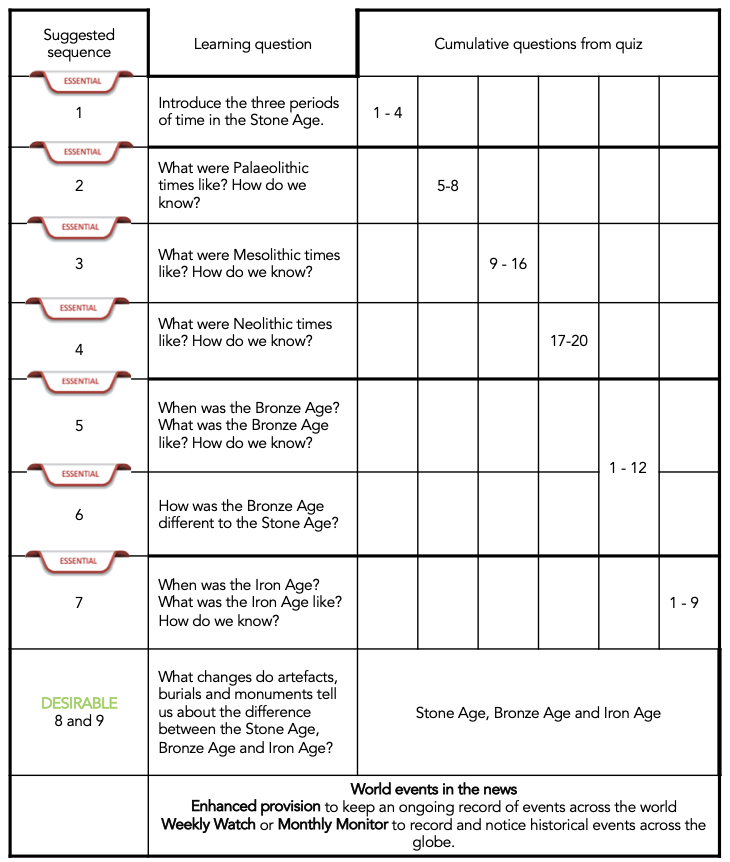Our Curriculum
Curriculum Statement
The curriculum of The Good Shepherd Catholic Primary School is closely tied to our school mission statement, ‘Following Jesus, the Good Shepherd, in all we say and do.’ The Virtues that Jesus taught us underpin our curriculum. Through our Virtues to live by we have created an environment where children can learn to live these in all aspects of their life. In our attitude towards behaviour and in our learning.
The curriculum is delivered through a variety of teaching and learning styles to ensure that the learning experience is motivating, challenging and promotes curiosity. In this way each child has the experience of working independently and co-operatively in a variety of situations and is given the opportunity to reach their fullest potential.
Religious Education at The Good Shepherd Catholic Primary School forms an integral part of our overall curriculum. In addition, to being a subject taught in its own right. In essence, it is at the core of all we say and do.
The termly curriculum newsletters below provide an overview of the curriculum areas that are delivered throughout your child’s schooling. Each Class Teacher provides a curriculum newsletter to provide you with more detail about the content of the teaching and learning. You are welcome to talk to your child’s class teacher if you wish to receive further information about the curriculum we are delivering.
You will also find more about our school curriculum in the 'Curriculum Intent' document below.

“I have come that they may have life and have it to the full.” John 10:10
Launch of CUSP Curriculum - September 2022
|
We have decided to implement the Unity Schools Partnership CUSP curriculum model written by Alex Bedford of Unity Schools Partnership. |
|
This comprehensive curriculum model is based heavily on research around the working memory, cognitive overload, and retrieval. The new curriculum resources we have purchased will support teachers to plan and teach History, Geography and Science. We have also purchased Art and Design, Design and Technology, English Reading and Writing which some year groups had adopted. |
Important Vocabulary and Oracy Foundations
|
‘There is an emphasis on oracy and vocabulary acquisition, retention and use; to break down learning barriers and accelerate progress. |
Developing our children’s oracy skills is an important part of our key curriculum driver for our children to become – ‘Confident Communicators’. Careful planning, making use of Rosenshine’s principles of direct instruction aims to ensure the effective, specific teaching of essential vocabulary within the CUSP modules. Plans detail the etymology and morphology of words and suggest scaffolds to teach vocabulary.
Pedagogy
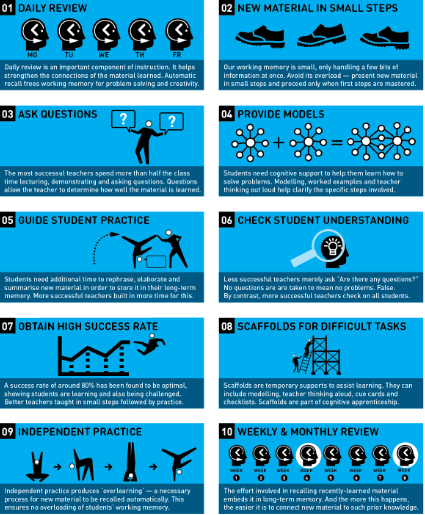
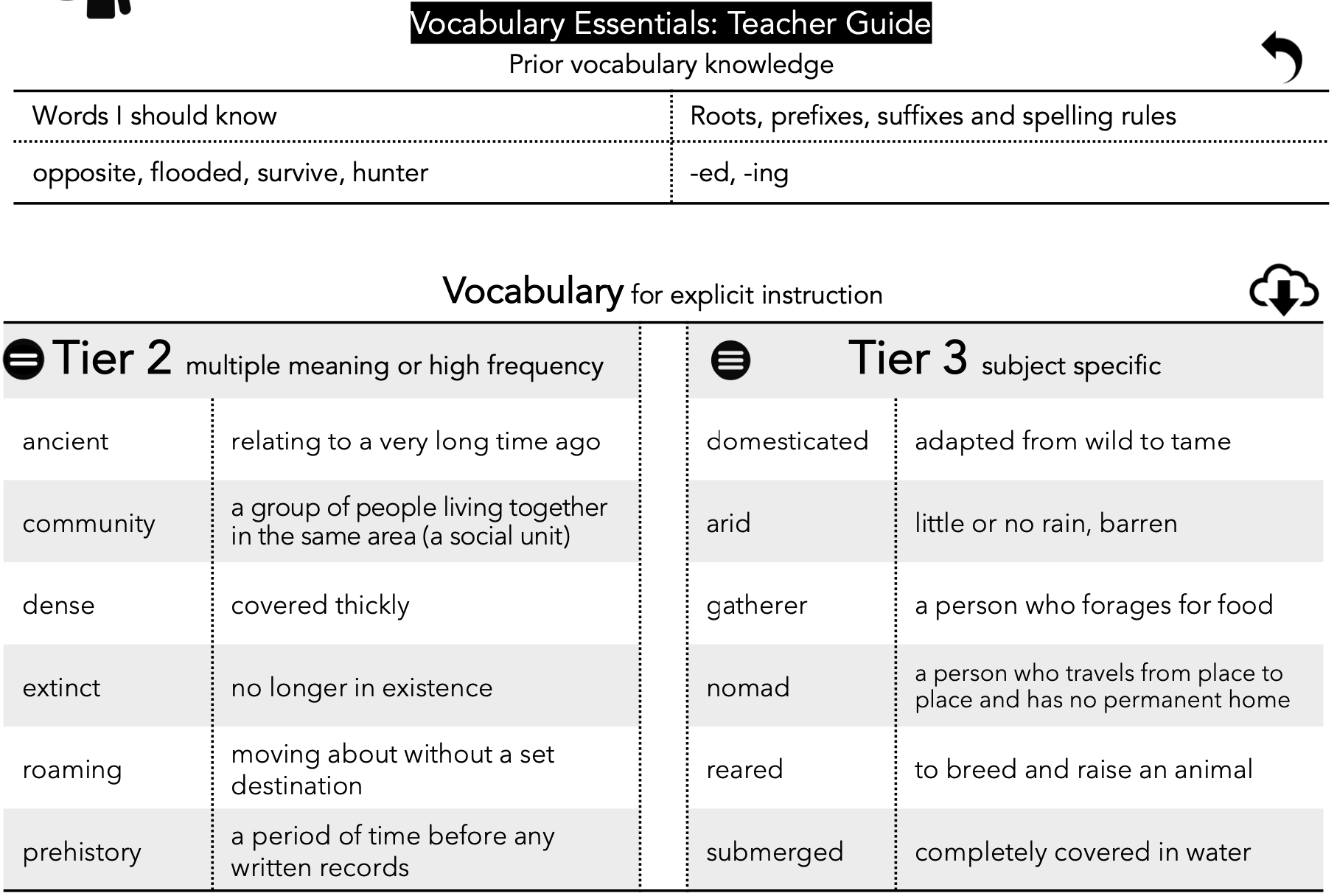
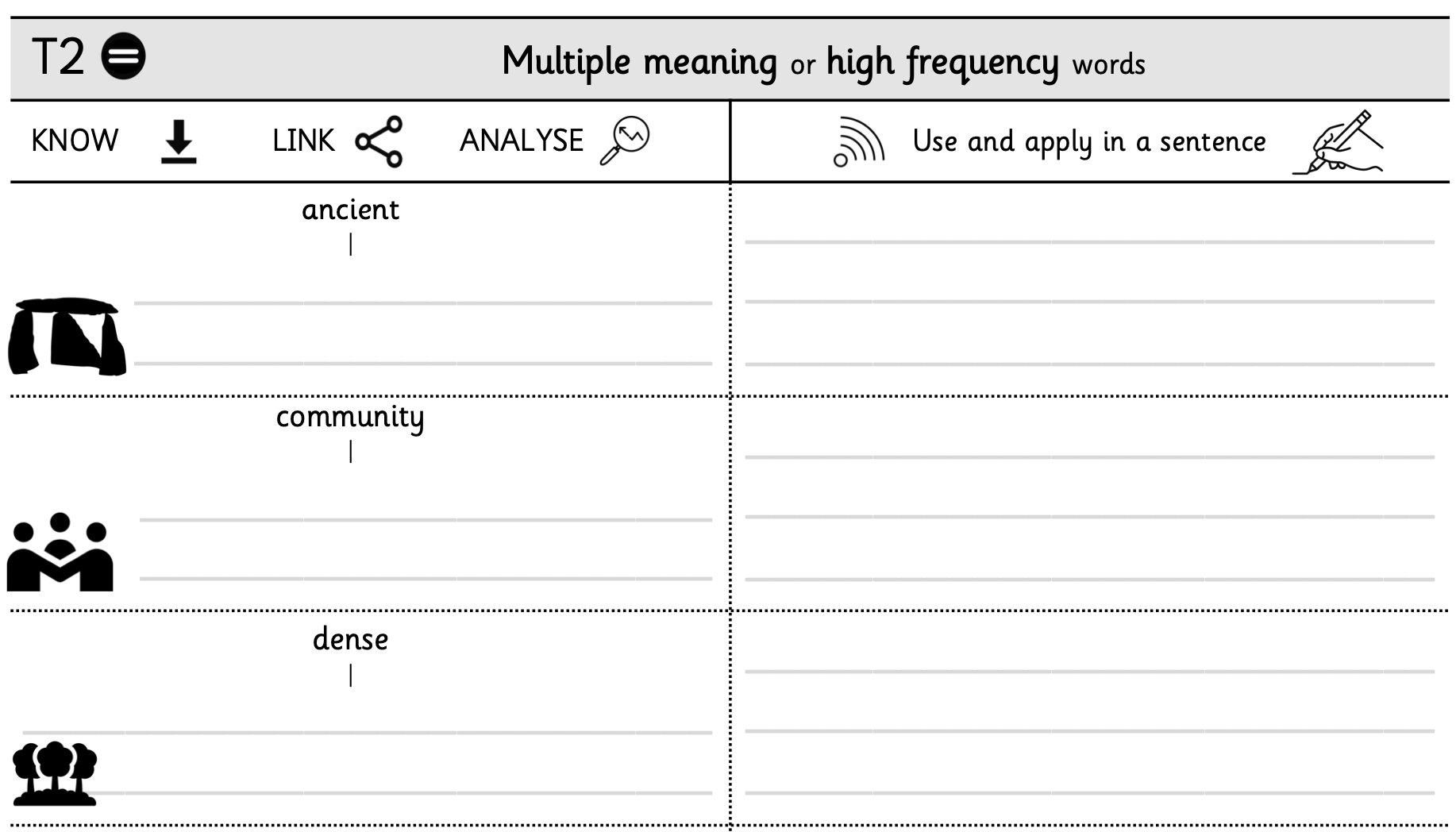
Structured, coherent and ambitious learning
The CUSP curriculum has been carefully developed and structured. Units of learning - ‘modules’, are logically placed within and during specific year groups and terms to build upon what children have already learnt and understood within and across subjects. Each learning unit identifies expected learning from previous year groups and then the big ideas and key enquiry questions for each lesson which the children will acquire knowledge and understanding to be able to answer as they progress through the modules.
School Adaptations
During the transitional phase of implementation, thoughtful decisions have been made about which key content each year group will cover and adjustments have been made in the Year 6 overview for example, to ensure key learning is revisited in a sequence to support new learning.
Spaced Retrieval Practice Approach
The CUSP model is built upon the research of interleaving and spaced retrieval, therefore the module approach with children studying Geography over the week, every 3 weeks for example, ensures children have time to ‘forget’ and then recall previous learning; thus, affirming this learning imprint in a child’s memory. Purposeful decisions are made to make links between subjects, adding depth to children’s knowledge and making effective use of this valuable learning in subjects including English writing.
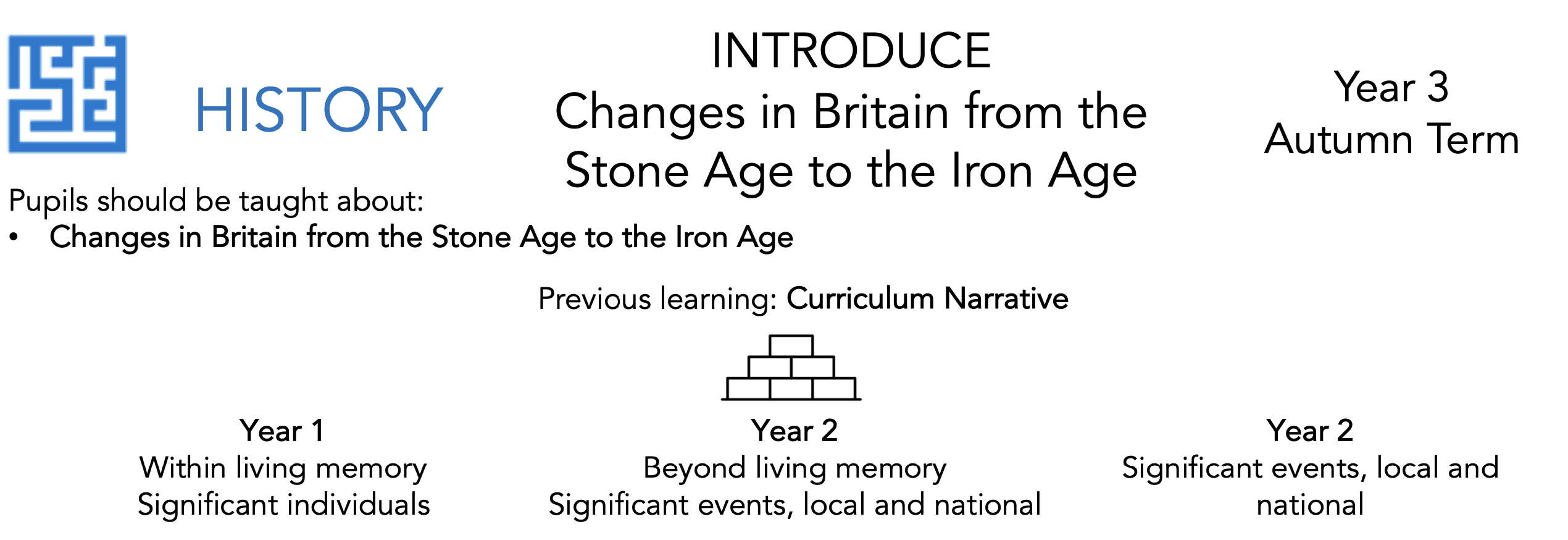
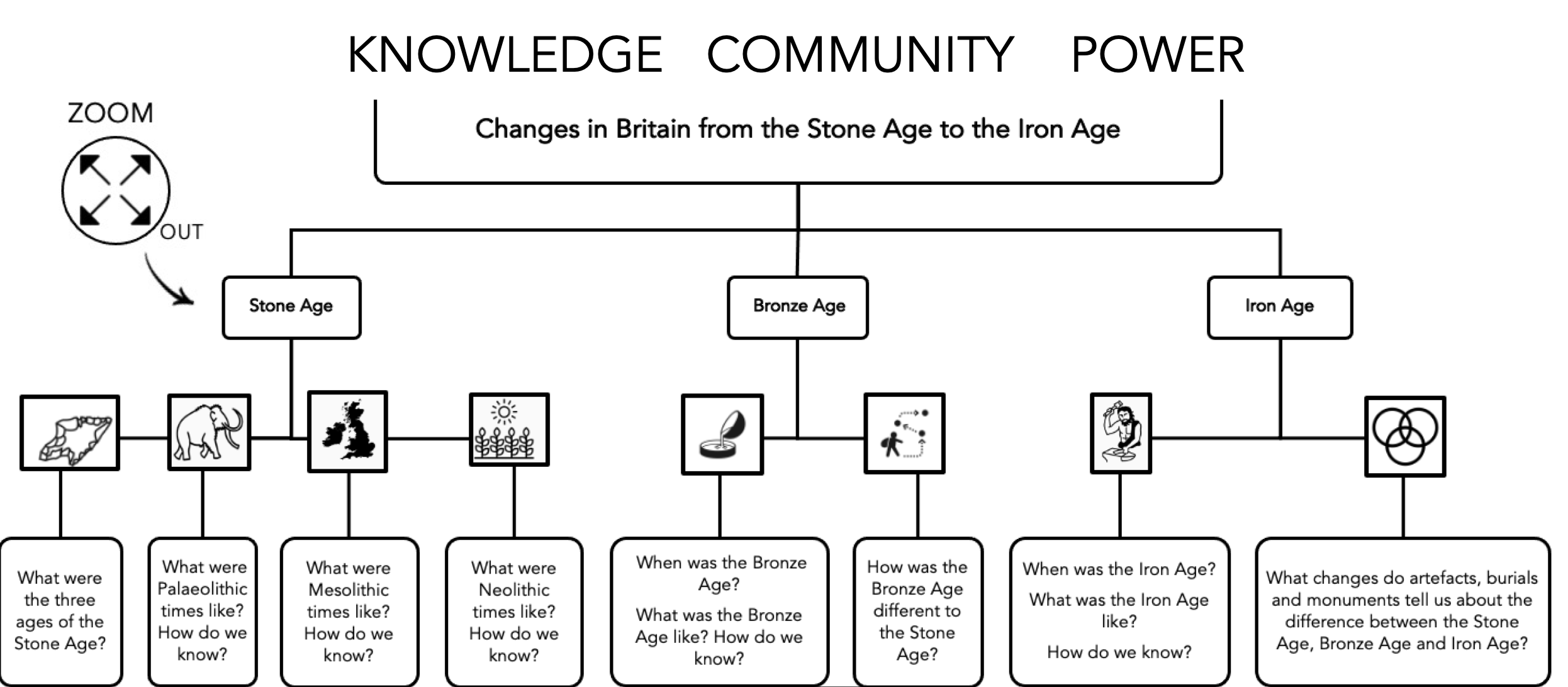
Careful Sequencing of lesson content
CUSP curriculum has carefully sequenced lessons with ‘Essential’ and ‘Desirable’ knowledge suggested for teachers. This gives teachers responding to our Covid -19 Recovery priority, the ability to prioritise essential knowledge or revisit key learning so as to make the best use of curriculum time. Highly effective ‘Knowledge Strips’ - essential knowledge for each lesson which is organised for teachers and children using key words and pictures (Dual coding) supports accessibility for children with Cognition and Learning SEND needs.
